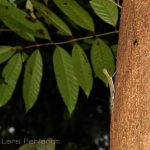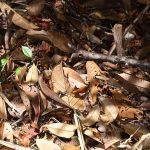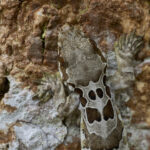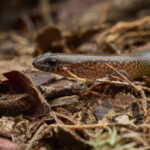Saltwater crocodile – Crocodylus porosus Schneider, 1801 of Borneo – around 80m ASL
Crocodylus porosus Schneider 1801, the saltwater crocodile, is the largest living reptile, with exceptional males approaching seven metres and about 1200kg while most adults are smaller; it occupies coastal brackish wetlands estuaries and freshwater rivers from eastern India across Southeast Asia to northern Australia and is globally assessed as Least Concern although depleted or locally extinct in parts of its range; international trade is regulated by CITES with most populations in Appendix I and those of Australia Indonesia Malaysia and Papua New Guinea in Appendix II; the genus name Crocodylus is the Latinized form of the Ancient Greek krokodeilos and the specific epithet porosus is Medieval Latin for porous literally full of pores; physiologically the species is strongly euryhaline and maintains salt and water balance using functional lingual salt glands in the tongue together with post renal water conservation; individuals undertake long distance coastal movements and can “home” after translocation.





